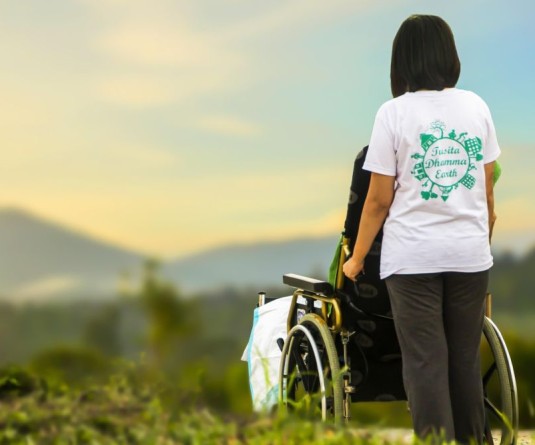1

Kivitoli Swu
College of Veterinary Science, AAU, Khanapara, Guwahati
Parvo is every new puppy and dog owner’s worst nightmare. In a matter of days, a perfectly healthy puppy can go from playful and active to fatally ill.
Parvo is a highly contagious virus causing infectious Gastrointestinal (GI) illness in puppies and young dogs, and without treatment, it is potentially deadly. The Canine Parvovirus causes Parvo in dogs. The virus spreads either by direct contact with an infected dog, or through faeces, and an infected dog can begin shedding the virus four-to-five days after exposure. Shoes that have come into contact with infected faeces can also bring the virus into a dog’s environment, which is concerning since there is evidence that Parvo can live in ground soil upto a year. Once a dog has contracted Parvo, the virus replicates. This replication takes place in the small intestine, lymphopoietic tissue (lymph nodes, thymus etc) and bone marrow. This leads to severe GI problems and in rare cases, myocarditis (inflammation of the heart).
The most common symptoms are: severe, bloody diarrhoea; anorexia; fever; vomiting; weight loss; depression; weakness and dehydration. Any or all of these symptoms merit a call to your veterinarian.
If you suspect that your dog has Parvo, he needs immediate veterinary attention. Hospitalizing the dog in an isolation ward is recommended where supportive care and monitor of the dog for secondary infections will be offered.
Parvo is a preventable disease, but even the vaccinated dogs are not 100% protected from the virus. Vaccines are recommended for all puppies and are usually given in a series of 3 shots when the pup is between 6-to-8 weeks old, again at 10-to-12 weeks and at 14-to-16 weeks. A booster shot is administered one year later and every three years after that.
Understanding Parvo in dogs is the first step towards preventing the spread of this dangerous virus. Make sure your puppy gets vaccinated and partially vaccinated puppies by keeping them in a safe environment.





